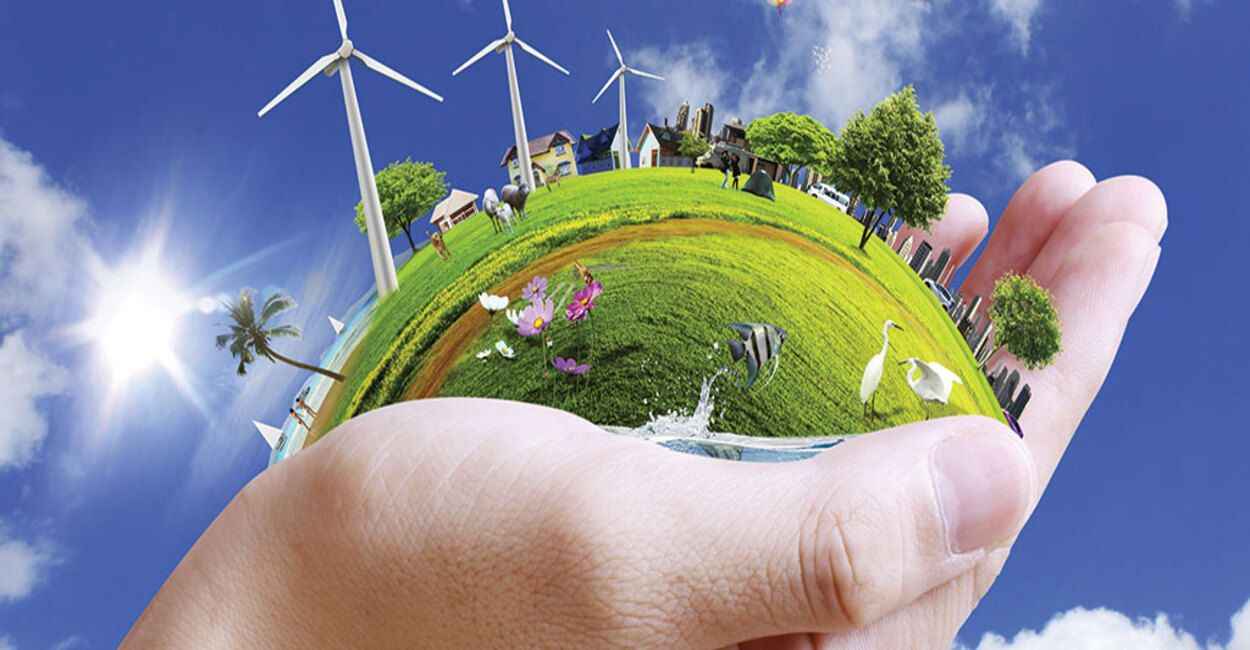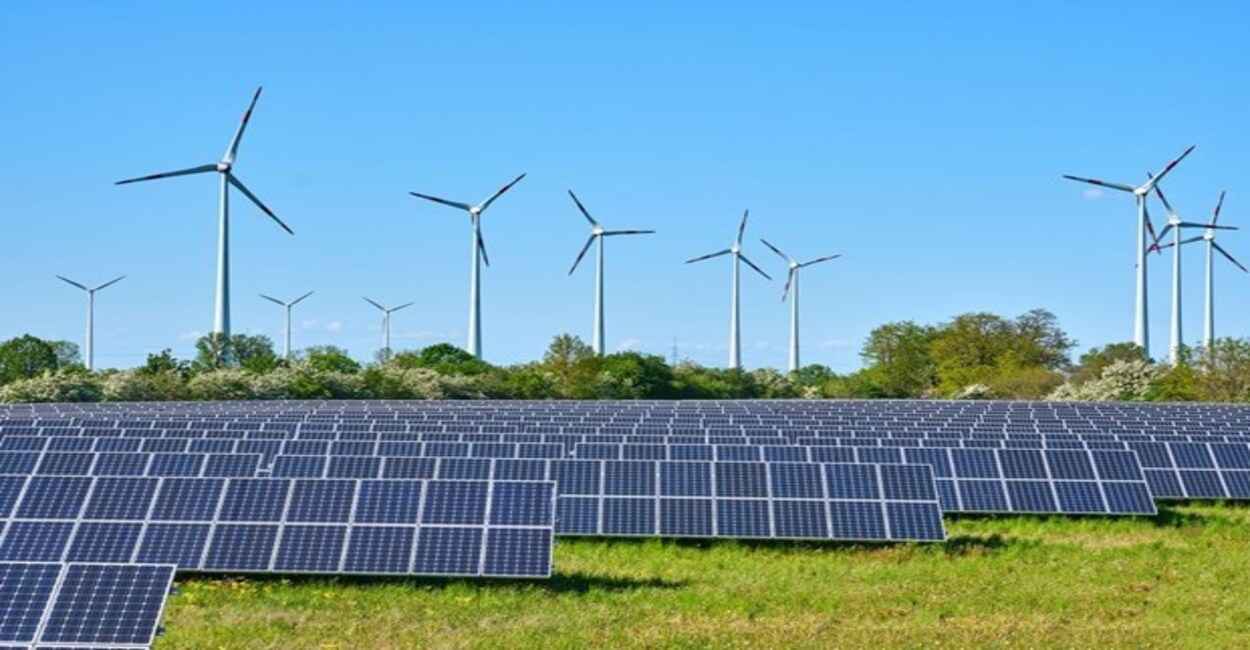How To Encourage The Use Of Renewable Energy

There are several advantages of renewable energy that make it popular over the globe. Along with its long list of benefits, solar energy is a hard product to sell for some, especially those who are concerned with residential installations.
These days, renewable energy installations are increasing dramatically in the commercial sphere. However, there are many homeowners who consider the installation of solar energy too expensive. Even with state and federal considerations and significant long-term savings, people feel hesitant to make a decision to install a renewable source of energy.
There are people who focus on the installation of the system by making a comparison of the cost of installation compared to fossil-fuel electric sources. The users, or we can say the world is quite unfamiliar with the benefits of solar photovoltaic energy and are doubtful about making the decision to invest in this new technology.
The primary consideration of people is the cost of installation; the weightage is given to the solar industry at the cost of the effectiveness of the product over the community. For instance, with the speedy growth of the solar industry, the high potential of job opportunities is also increasing. There is a constant search for solutions among the people that are helpful in saving money and also give support to their local and regional economies.
How To Transition To Renewable Energy?
With the increasing usability of renewable energy, it is still unable to keep up with the growing demand for electricity. As per the International Energy Agency (IEA), in the year 2020, 34% of global energy was generated from coal, and 25% of the energy was generated from gas. In the same year, nuclear plants accounted for 37% of energy.
Luckily, fossil fuels are the dominant contributor to climate change. In 2018, fossil fuels and the fossil fuels industry were responsible for 89% of CO2 emissions.
The existence of high-carbon fossil fuels is there in the international community, which is ultimately required to urgently wean off traditional energy sources and transition from fossil fuels to renewable energy. In order to satisfy the demand and aggravate climate change and environmental decimation, the world is making positive efforts towards using clean energy fuels.
The technologies that are used in renewable energy help us to reach carbon neutrality, net-zero emissions, and a state of sustainability, which will also be a milestone toward the next step of regeneration.
Have you ever wondered about how we can bridge the gap to the point where clean energy fuels are developed to accommodate the majority of energy spending? To make something more efficient, the step of development is a basic necessity.
In today’s world, there are several kinds of green fuels th
at represent great promises. Here are some of the hybrid solutions that we use to migrate from fossil fuels to renewable energy before we go over sustainable technology.
How To Make A Transition From Fossil Fuels To Renewable Energy By The Utilization Of Hybrid Energy?
If we talk about fully sustainable energy systems, then these solutions are suitable for small geographic areas with specific climates and limited energy expenditures.
On a larger scale, including industrial areas and big cities - the transition from fossil fuels to renewable energy is required to follow a hybrid model where cleaner forms of traditional energy are combined with renewables. One of the biggest problems is that no traditional source of energy is clean, and the only way to make it clean is to optimize production, storage, and transportation systems.
Another big issue is the lack of investment in renewable technology and renewable energy ideas that can hinder the entire transition process.

Some Of The Energy Transition Challenges
The recent power shortage across India has created a discussion on how the country needs to approach its energy transition, as it is all set to reach zero goals by the year 2070.
There is exposure to how the gas-fired plants remain unused due to a lack of fuel supplies, and operationalizing nuclear power plants has been extremely slow off the block.
Ethanol blending
The ethanol blending can help the government reduce its dependence on oil and gas imports on a short-time basis. There is greater use of ethanol that could impact meeting food requirements as more land will have to be invested in producing ethanol. In the long run, India needs to accelerate the adoption of electric vehicles (EVs). At the same time, many states have made an introduction of favorable policies and more regulatory and financing support that needs to be provided to EVs and for developing efficient batteries for its adoption.
Innovative market reforms
The government should consider innovative market reforms to make the incentive for the deployment and uptake of renewable energy (RE). According to IISD, in conjunction with the Council for Environment, Energy, and Water (CEEW), ‘Mapping India’s Energy Policy 2022’, government subsidies for RE reduced to 59% since 2017 to ₹6,767 crores in FY21.
Energy mix and grid flexibility requirements
Increment in the generation of renewable energy simply states that the world must initiate planning now about how to manage seasonal gaps with economic, low-carbon solutions. In order to fulfill the requirements or demands of the consumers, there is not enough wind and solar power available.
This transformation is all about generating the bulk of electricity by the medium of fossil fuel to renewable sources. By this, there will be a massive possibility of occurrence of challenges in the field of economic, technological, and policy within the energy industry and European governments.
The longer-term backup capacity
The rising demands of response, storage, and smart charging of EVs can substantially mitigate intermittency issues in a high renewable energy system. However, the utilization of fossil fuels will remain dependent on petrochemicals.
Some Of The Energy Transition Strategies
1. Legal enforcement of International climate targets
An environment of ambitious and stable long-term policy is an essential part of existence. Despite the landmark global consensus on climate goals that were achieved at the Paris Agreement. Beyond international agreements, legally enforceable domestic policies are also necessary.
2. A shift of Energy security planning towards a “just-in-case” model
After the existence of the pandemic, there was a faster economic rebound, and Russia’s war on Ukraine exposed the vulnerabilities of energy security in even the best-prepared countries. The energy supply chain has so far proven to be a well-oiled machine, and a just-in-time approach has supported the back of innovation across the value chain. However, there are certain limitations that exist in the process, belonging to security constraints prompting a strong comeback for coal-fired power generation in many countries.
3. De-risking clean energy investments is essential to maintain the capital flow
There is a massive difference in financing and de-risking energy investments, especially in emerging countries. Global investment in the energy transition is constantly increasing, with years to $755 billion in 2021. However, these surges in investments were healed by economic expansion and were partly enabled by expansionary monetary policy and low benchmark interest rates. Given the outlook of higher interest rates to tame inflation, supply chain challenges, and rising commodity prices, the cost-competitiveness of renewable energy projects against existing fossil fuel assets might be affected.
4. Equity and justice considerations
Consumers and businesses are reeling under high prices for energy; this is all because of the unprecedented rebound in energy demand in 2021, insufficient investment in supply, and geopolitical volatilities. Because of the relative inelasticity of energy demand in the short-term, high energy prices have contributed to the highest consumer price inflation level in decades. Vulnerable sections of the population and small businesses are impacted. There will be a showcase of challenges to equity and justice of energy transition. It becomes essential to maintain the affordability of energy not just for economic growth and social welfare but also to sustain support for climate policies.
5. Learning from pandemic management
Supply-side interventions need to meet the checkpoints with demand-side measures to supercharge the energy transition. The rate of improvement of energy efficiency is widely considered the first fuel. The level of competitiveness and abundance is below the level of net-zero transformation. The International Energy Agency measured that the world’s energy intensity of GDP improved by 1.3% annually over the past five years.
Why Is There A Requirement To Make A Shift Toward Renewable Energy Resources?
The combustion of fossil fuels for energy results in the emission of greenhouse gas that contributes to global warming. Keeping in mind the full life cycle of the technologies, most sources of renewable energy result in little to no emissions.
Conclusion
Encouraging more residential renewable energy installations is all about building confidence in the homeowner. Discussing the benefits of photovoltaic energy, including the expenses and maintenance, will help the consumer decide whether a solar system makes sense for them. Sharing statistics and success stories educates the consumer on the proven efficiency of solar energy.

